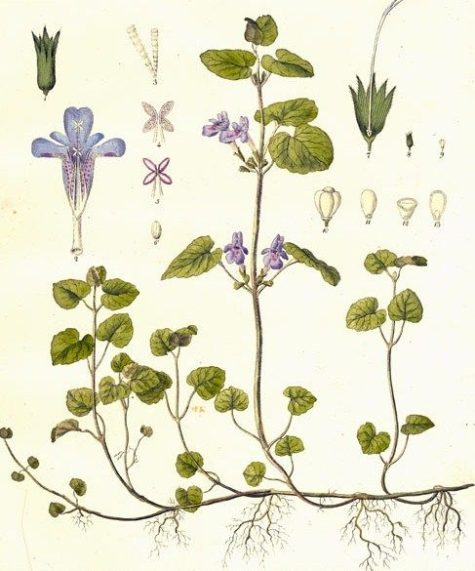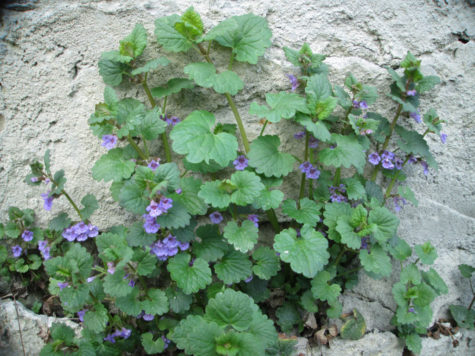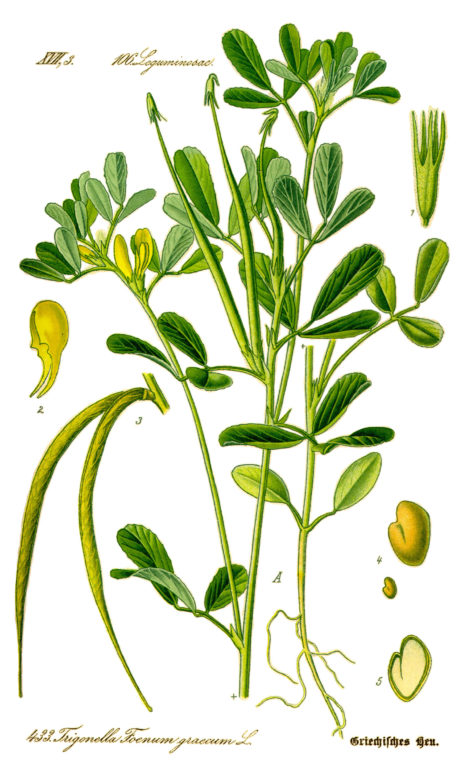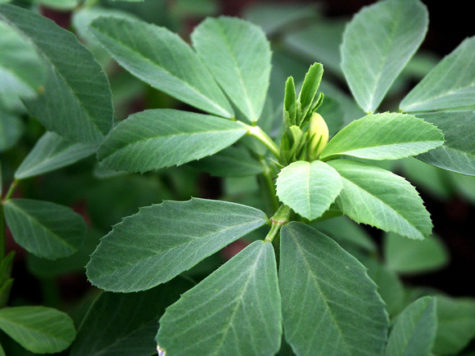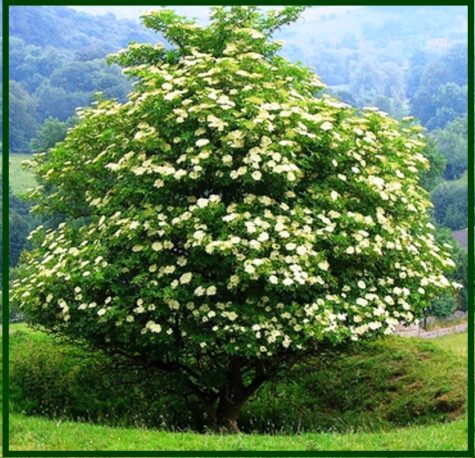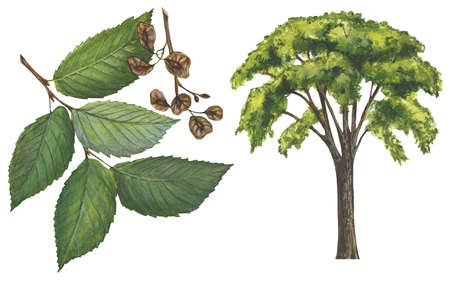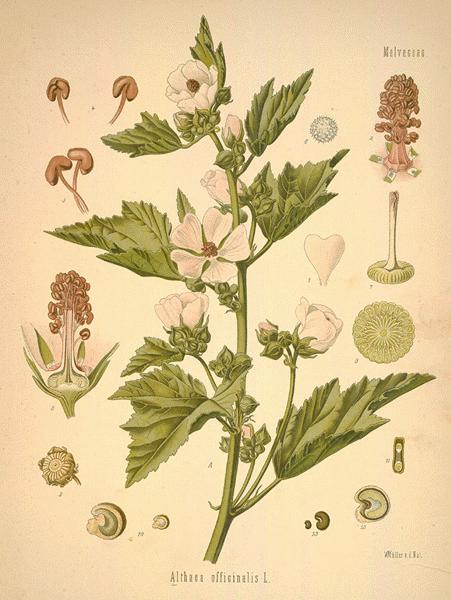Vulnerary
Ground Ivy
- Scientific Name: Glechoma hederacea
- Plant Family: Lamiaceae
- Parts Used: Leaves, stems, and flowers
- Actions: Expectorant, Astringent, Diuretic, Tonic, a gentle Stimulant, Anti-catarrhal, Vulnerary
General Overview:
Ground Ivy is an aromatic, perennial, evergreen creeper of the mint family. This little plant grows on waste ground and in hedgerows everywhere, the leaves are dark and kidney shaped and the flowers bright dark blue. The Romanies made a tea from Ground Ivy flowers and wood sage as a cure for fevers and colds. The herb is used by herbalists in the treatment of blood and kidney disorders.
The leaves are downy, dark green and kidney-shaped, with glands that contain an aromatic, bitter oil. The tiny deep-throated flowers are purple or blue.
Some people consider Ground Ivy to be an attractive garden plant, and it is grown in pots and occasionally as a groundcover. Easily cultivated, it grows well in shaded places. A variegated variety is commercially available; in many areas this is the dominant form which has escaped cultivation and become established as an aggressive, adventitious groundcover.
Note:
Ground Ivy is sometimes confused with common mallow (Malva neglecta), which also has round, lobed leaves; but mallow leaves are attached to the stem at the back of a rounded leaf, where Ground Ivy has square stems and leaves which are attached in the center of the leaf, more prominent rounded lobes on their edges, attach to the stems in an opposite arrangement, and have a hairy upper surface.
In addition, mallow and other creeping plants sometimes confused with Ground Ivy do not spread from nodes on stems. In addition, Ground Ivy emits a distinctive odor when damaged, being a member of the mint family.
The Basics:
Ground Ivy has been used in the traditional medicine of Europe going back thousands of years: Galen recommends the plant to treat inflammation of the eyes. John Gerard, an English herbalist, recommended it to treat tinnitus, as well as a “diuretic, astringent, tonic and gentle stimulant. Useful in kidney diseases and for indigestion.” It has also been used as a “lung herb.”
Its presence as an invasive weed in North America is the result of the value placed on it by European settlers as a medicinal herb and ale preservative; the species was imported and widely cultivated in herb and kitchen gardens.
Other traditional uses include as an expectorant, astringent, and to treat bronchitis. In the traditional Austrian medicine the herb has been prescribed for internal application as salad or tea for the treatment of a variety of different conditions including disorders associated with the liver and bile, gastrointestinal tract, respiratory tract, kidneys and urinary tract, fever, and flu.
An ancient ale herb, bitter Ground Ivy was used to clear and flavor ale before the introduction of hops.
Continue reading
Fenugreek
- Scientific Name: Trigonella foenum-graecum
- Plant Family: Leguminosae
- Parts Used: Seeds
- Medical Actions: Expectorant, Demulcent, Tonic, Galactagogue, Emmenagogue, Emollient, Vulnerary
- Constituents: 30% mucilage, bitter principle, volatile and fixed oil, flavonoids, alkaloids, coumarins, vitamins, and saponins; the most prevalent alkaloid is trigonelline and coumarins include cinnamic acid and scopoletin.
The Basics
Originally from the eastern Mediterranean, cultivated in Europe, Africa and Asia for thousands of years as a fodder plant, a medicine, and a spice, Fenugreek is an herb that has an ancient history. It has great use in local healing and reducing inflammation for conditions such as wounds, boils, sores, fistulas, and tumors.
It can be taken to help bronchitis and gargled to ease sore throats. It’s bitterness explains its role in soothing disturbed digestion.
The seeds are rich in vitamins, nitrates and calcium, have a softening soothing action and are said to encourage lactation. It is a strong stimulator of milk production in nursing mothers, for which it is perfectly safe, and also has a reputation for stimulating development of the breasts.
In traditional medicine, Fenugreek is thought to promote digestion, induce labour, and reduce blood sugar levels in diabetics.
Description
It is an annual and grows about 2 ft high with yellowish peaflowers in midsummer, trifoliate leaves and long narrow pods containing at least 10 square seeds, reaching maturity in a few months in warm climates. It is tender in temperate climates.
It is an annual, erect, robust aromatic herb which grows up to a height of 60 cm. it has compound leaves around 5 cm in length, with long pedicles. The leaflets are obovate, around 2.5 cm long and the margins are slightly toothed. Flowers are seen in pairs or single, axillary and yellow in color. Fruits of the plant are leguminous pods around 5-8 cm long, with a persistent beak, narrow and enclose 10-20 golden yellow seeds which have a typical savory aroma.
Cultivation and Harvesting
Fenugreek is a fairly fragile annual that has a visual similarity to clover. Preferring rich soils and requiring full sun, it grows from one to two feet in height and blooms in smallish white flowers during midsummer.
The primary caution in planting Fenugreek is an awareness of soil temperature. It must have a soil temperature of at least 55°F to germinate, in colder or very damp soils the seeds will rot, and the plant itself will be prone to root rot even when older.
Harvest the seeds when the pods are ripe, but just before they open. Remove the seeds from the pods and dry them naturally in the sun
Medicinal Uses
Fenugreek is a herb which is bitter to taste and increases lactation, soothes tissues which are irritated, stimulates uterus, reduces fever, blood sugar, improves digestion, improves relieving capacity and works as an expectorant, diuretic, laxative, anti-tumour and anti-parasitic effects. Fenugreek relieves diabetes, poor digestion, tuberculosis, gastric inflammation and digestive disorders.
Fenugreek acts as a reliever for many ailments, here is a quick list:
- Cholesterol: It is a proven fact that by consuming Fenugreek cholesterol can be balanced. Around 2 ounces can be taken every day.
- Diabetes: Fenugreek is effective in relieving Type 2 diabetes. Consumption of around 500 mg Fenugreek every day will yield the desired results.
- Skin inflammation: Fenugreek is very effective in relieving burns, boils, abscesses, gout and eczema. Fenugreek powder should be made into a paste with water and a cloth should be soaked into this paste. The soaked cloth can be applied on the affected area of the skin as a poultice.
- Heartburn and Acid Reflux: Seeds of Fenugreek contain mucilage which help is soothing gastrointestinal inflammation. It coats the lining of the intestine and stomach. Hence it works effectively against acid reflux and heartburn. Around 1 teaspoon Fenugreek seeds can be swallowed along with water before meal.
- Fever: This herb is useful for reducing fever. The seeds should be consumed along with honey and lemon.
- Breast enlargement: Fenugreek balances female hormones. It should be consumed up to 3g every day.
- Child Birth problems: Fenugreek stimulates uterine contractions and is helpful in inducing childbirth. But pregnant women should use this remedy only after consulting the doctor.
- Lactation: Fenugreek influences milk production in nursing mothers.
Elder Tree
- Scientific Name: Sambucus Nigra
- Plant Family: Caprifoliaceae
- Parts Used: Bark, Flowers, Berries, Leaves
- Actions: Vary based on what part of the plant is used
- Bark: Purgative, emetic, diuretic
- Leaves: Externally emollient and vulnerary, Internally as purgative, expectorant, diuretic and diaphoretic
- Flowers: Diaphoretic, anti-catarrhal, pectoral
- Berries: Diaphoretic, diuretic, laxative
Varieties:
The elder tree grows in Britain and from Scandinavia to the coast of Africa, a twisted, shrubby tree, seldom more than 30 ft high and common in hedgerows and waste places. The strong smelling leaves are divided into broad leaflets, creamy flowers grow in sweetly scented clusters in midsummer and in the late summer black juicy berries ripen and fall.
Note: Do not confuse European Elder (Sambucus Nigra) with American Elder, Elderflower, or Dwarf Elder. There are other, similar elder species in Europe and North America but these have different properties. For a definitive list of the various elder species, and to verify that you are using Sambucus nigra (European or Black Elder) visit this link via wikipedia: Sambucus
The Basics:
Elder has a very long history of household use as a medicinal herb and is also much used by herbalists. The plant has been called “the medicine chest of country people.”
The bark and leaves of the elder have a violent purgative action when taken internally and are not safe. However, used externally, the juice of the leaves is cooling, soothing and healing and thus has been a common and efficient domestic remedy for several thousand years.
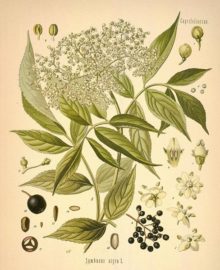 The inner bark is collected from young trees in the autumn and is best sun-dried. It is diuretic, a strong purgative and in large doses emetic. It is used in the treatment of constipation and arthritic conditions. An emollient ointment is made from the green inner bark. The pith of young stems is used in treating burns and scalds. A homeopathic remedy is made from the fresh inner bark of young branches. It relieves asthmatic symptoms and spurious croup in children.
The inner bark is collected from young trees in the autumn and is best sun-dried. It is diuretic, a strong purgative and in large doses emetic. It is used in the treatment of constipation and arthritic conditions. An emollient ointment is made from the green inner bark. The pith of young stems is used in treating burns and scalds. A homeopathic remedy is made from the fresh inner bark of young branches. It relieves asthmatic symptoms and spurious croup in children.
The leaves are used primarily for bruises, sprains, wounds and chilblains. The leaves can be used both fresh or dry. The leaves are purgative, but are more nauseous than the bark. They are also diaphoretic, diuretic, expectorant and haemostatic. The juice is said to be a good treatment for inflamed eyes. An ointment made from the leaves is emollient and is used in the treatment of bruises, sprains, chilblains, wounds etc. It has been reported that Elder Leaves may be useful in an ointment for tumors.
The flowers are the main part used in modern herbalism, Elder flowers are ideal for the treatment of colds and influenza. They are indicated in any catarrhal inflammation of the upper respiratory tract such as hay fever and sinusitis. Catarrhal deafness responds well to Elder Flowers. The fresh flowers are used in the distillation of “Elder Flower Water”. The flowers can be preserved with salt to make them available for distillation later in the season. The water is mildly astringent and a gentle stimulant. It is mainly used as a vehicle for eye and skin lotions.
The dried flowers are diaphoretic, diuretic, expectorant, galactogogue and pectoral. An infusion is very effective in the treatment of chest complaints and is also used to bathe inflamed eyes. The infusion is also a very good spring tonic and blood cleanser. Externally, the flowers are used in poultices to ease pain and abate inflammation. Used as an ointment, it treats chilblains, burns, wounds, scalds etc.
Elder Berries have similar properties to the Flowers, with the addition of their usefulness in rheumatism. The fruit is depurative, weakly diaphoretic and gently laxative. A tea made from the dried berries is said to be a good remedy for colic and diarrhoea. The fruit is widely used for making wines, preserves etc., and these are said to retain the medicinal properties of the fruit.
The root is no longer used in herbal medicine but it formerly had a high reputation as an emetic and purgative that was very effective against dropsy.
Are Elderberries poisonous?
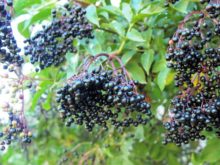 Most species of Sambucus berries are edible when picked ripe and then cooked. Both the skin and pulp can be eaten. However, it is important to note that most uncooked berries and other parts of plants from this genus are poisonous. Sambucus nigra is the variety of Elderberry that is most often used for health benefits as it is the only variety considered to be non-toxic even when not cooked, but it is still recommended to cook the berries at least a little to enhance their taste and digestibility. Continue reading
Most species of Sambucus berries are edible when picked ripe and then cooked. Both the skin and pulp can be eaten. However, it is important to note that most uncooked berries and other parts of plants from this genus are poisonous. Sambucus nigra is the variety of Elderberry that is most often used for health benefits as it is the only variety considered to be non-toxic even when not cooked, but it is still recommended to cook the berries at least a little to enhance their taste and digestibility. Continue reading
Slippery Elm
- Scientific Name: Ulmus rubra
- Plant Family: Urticaceae
- Parts Used: Inner bark
- Actions: Demulcent, Emollient, Nutrient, Astringent, Vulnerary
The Basics:
The pale, aromatic inner bark of the Slippery Elm tree is considered one of the most valuable remedies in herbal practice, the abundant mucilage it contains having wonderfully strengthening and healing qualities. It can be used to make a soothing, healing medicine for sore throats, coughs, bronchitis, catarrh and stomach and bowel troubles. It also acts as a treatment for cystitis and urinary complaints.
People take slippery elm for coughs, sore throat, colic, diarrhea, constipation, hemorrhoids, irritable bowel syndrome (IBS), bladder and urinary tract infections, syphilis, herpes, and for expelling tapeworms. Because Slippery Elm bark is a soothing nutritive demulcent, it is perfectly suited for sensitive or inflamed mucous membrane linings in the digestive system. It is used for protecting against stomach and duodenal ulcers, for colitis, diverticulitis, GI inflammation, and too much stomach acid.
Slippery elm is also taken by mouth to cause an abortion.
It is often used as a food during convalescence as it is gentle and easily assimilated. In diarrhea it will soothe and astringent at the same time. Externally it makes an excellent poultice for use in cases of boils, abscesses or ulcers. Slippery elm is applied to the skin for wounds, burns, gout, rheumatism, cold sores, toothaches, sore throat, and as a lubricant to ease labor.
In manufacturing, slippery elm is used in some baby foods and adult nutritionals, and in some oral lozenges used for soothing throat pain. Continue reading
Marsh Mallow
- Scientific Name: Althaea officinalis
- Plant Family: Malvaceae
- Parts Used: The whole plant – Leaves, root, flowers.
- Actions (root): Demulcent, Diuretic, Emollient, Vulnerary
- Actions (leaf): Demulcent, Expectorant, Diuretic, Emollient, Anti-Catarrhal, Pectoral
The Basics:
All mallows, including the garden hollyhock, contain quantities of mucilage and the marsh mallow is an especially soothing, healing herb, useful in treating bronchitis, internal inflammation and irritation, for stimulating the kidneys and as a gentle laxative. Tea made from the leaves makes a soothing eye bath.
The high mucilage content of Marsh Mallow makes it an excellent demulcent (relieves inflammation). The root is used primarily for digestive problems, inflammations of the digestive tract and on the skin. The leaf is used for the lungs and the urinary system. For bronchitis, respiratory catarrh and irritating coughs consider Marsh Mallow leaf. It is very soothing in urethritis and urinary gravel. Externally, the root is indicated in varicose veins and ulcers as well as abscesses and boils.
There are many species of mallow growing around the world, often used as food or medicine and possessing similar properties. The young leaves of all the European mallows can be eaten in salads, the older leaves in soups, the roots boiled or fried and the seeds, known as cheeses, chewed fresh. They are all wholesome and their flavor faint and delicate. Continue reading
Rennie Luttrull: queen-annes-lace-seeds
Rosanna: Spignel aka Bald Money
Annamarie Squatrito: Fumitory
EILEEN Klinghagen: Pumpkin
Mahmudul Hasan: Celery
